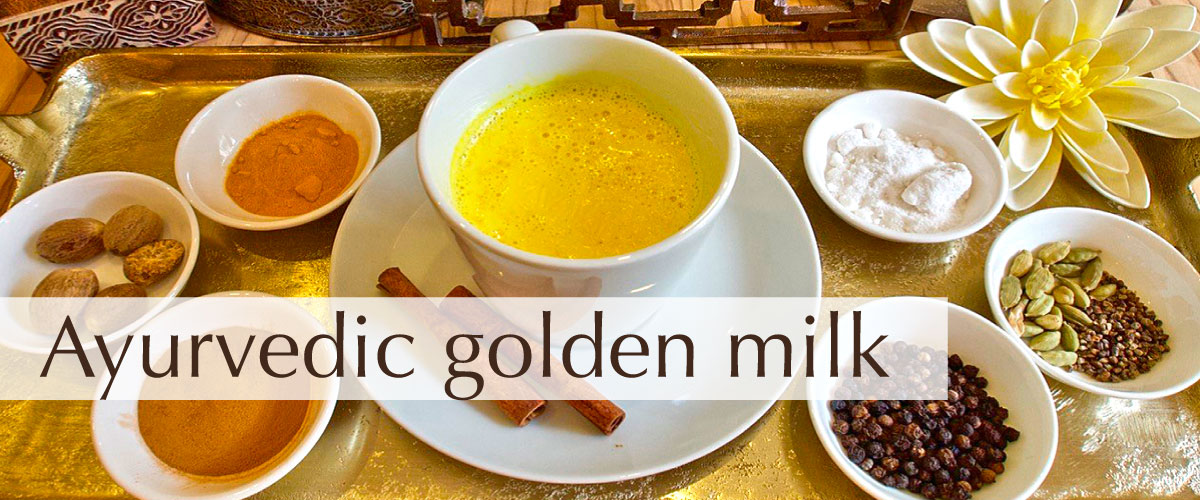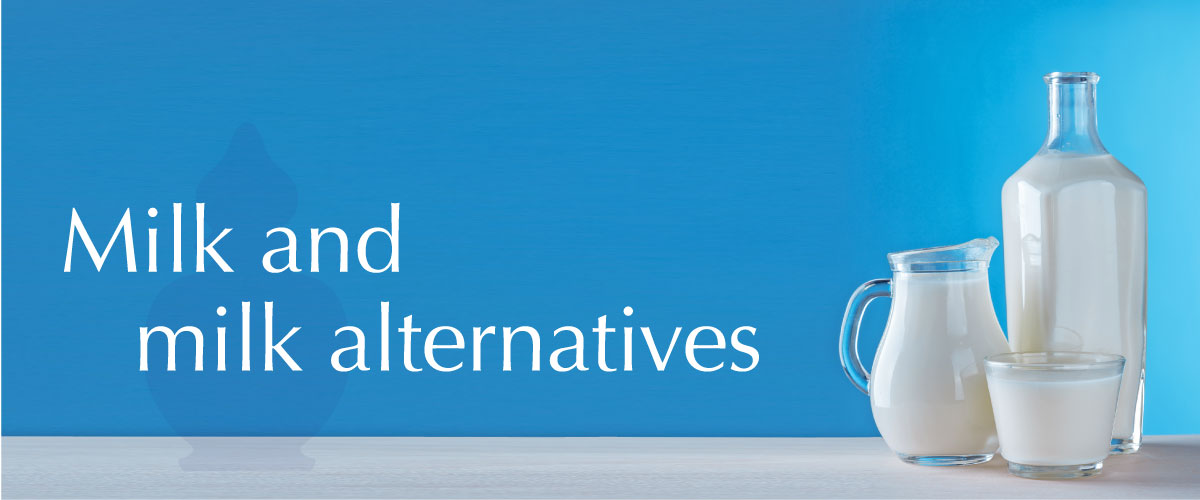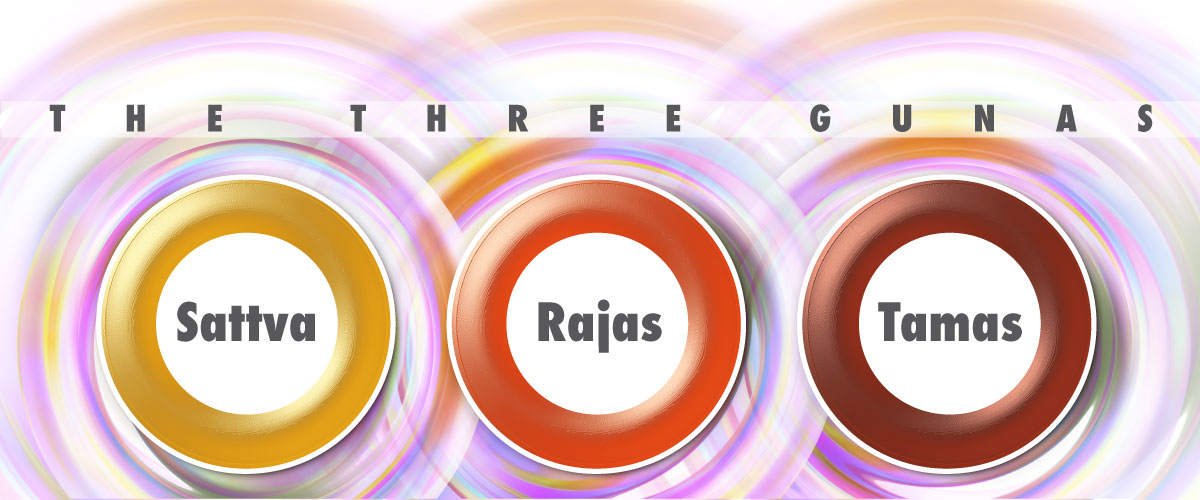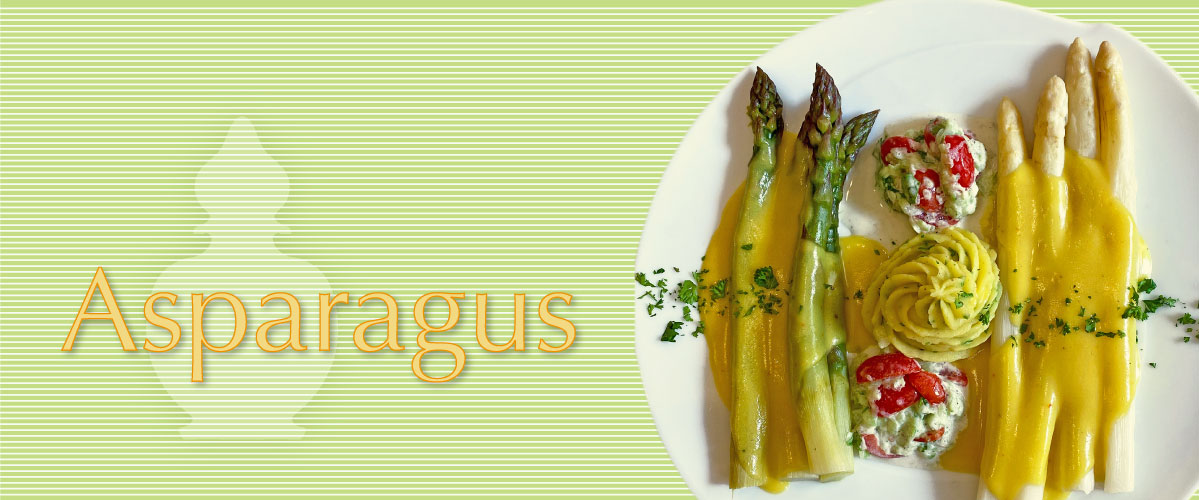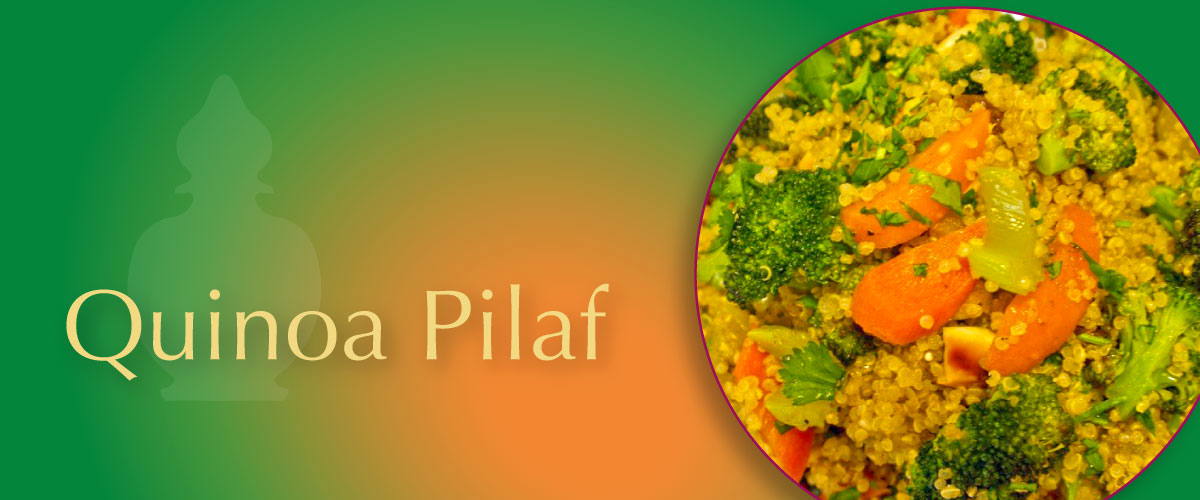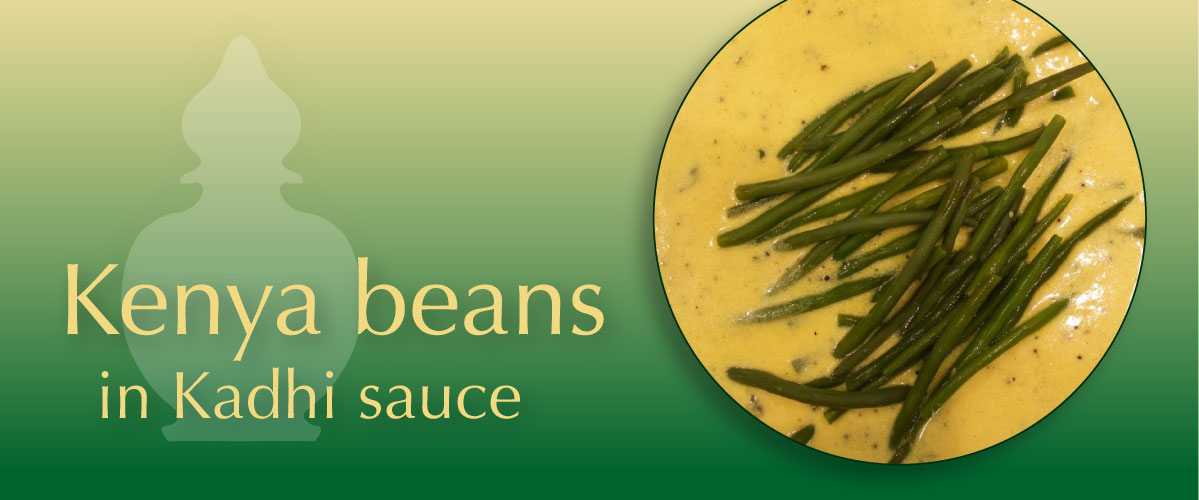Although the ancient knowledge of Vedic architecture is closely related to that of Ayurveda, it is still relatively unknown in the West. The ancient traditions of the Veda are divided into 40 areas of life, and one of these includes architecture and urban planning.
Continue readingBlog – Ayurveda tips for home
Autumn noodles
For autumn, we have created a comforting pasta dish with noodles made from emmer grain.
Emmer, an ancestor of wheat, is one of the oldest cereals, often referred to as the primordial grain.
Home-made almond milk
Almond milk is a well-loved milk alternative on account of its pleasant taste and consistency. Almonds in their natural form are known for their abundance of protein, fiber, antioxidants, vitamins, minerals and trace elements.
Continue readingAyurvedic golden milk
‘Ayurvedic golden milk’ can be taken in-between meals. It has a wonderful taste and balances Doshas Vata and Pitta. This milk is also highly recommended as a nightcap.
Continue readingMilk alternatives – what does Ayurveda say?
Rice milk was the first alternative to cow’s milk that came onto the market in the early 1990s. Since then, more than twenty different plant-based milk substitutes have become available in supermarkets and even drugstores.
Continue readingNasya – the Ayurvedic nose treatment
Nasya is a Sanskrit word, meaning: to eliminate or banish diseases and disorders of the head. For this purpose, medicated oils, Ghee, vapors or powders are administered into the nose.
Three refreshing drinks for hot days
1. Watermelon juice with mint and lime
The watermelon originally comes from Africa. Today, it is grown in warm regions worldwide, including southern Europe. Watermelon is a nutrient-rich fruit full of antioxidants, amino acids, vitamin C, A, lycopene and potassium. It contains 92% water and 6% sugar, perfect for pacifying Pitta Dosha during hot summer days.
Continue readingRakta Mokshana – therapeutically reducing Pitta Dosha
Rakta Mokshana, as it is called in Ayurvedic texts, can be translated as liberation of the blood, and refers to applications in which blood is extracted to relieve the body, either through bloodletting or by means of leeches. It is one of the five applications traditionally included in Panchakarma, along with Nasya (nasal treatment), Vamana (therapeutic vomiting), Virechana (purging) and Basti (medicinal enema).If you’ve had a Panchakarma cure, you are already familiar with some of these.
Continue readingSalad creation with flowers and herbs
The following recipe is an example of how to design a salad for both appearance and taste.
It allows for mixing in fortifying herbs such as dandelion, goutweed, stinging nettle, etc. If certain ingredients are not at hand, replace them with others of your choice. Let your creativity run wild with colors, shapes and flavors!
Detox, Dieting and the Doshas
In the wellness sector, a huge profit-generating branch has grown around dieting and detoxification, with new trends promising rapid weight loss appearing every year. In Germany alone, around 20 million people were interested in dieting and diet products last year; 60% of Germans have already tried at least one method for losing weight. Nevertheless, the percentage of overweight people is around 60% and rising.
Continue readingSummery vegetable risotto
For this recipe, we decided to use Arborio rice, because it absorbs many times its own weight in water and is famous for its creamy texture when cooked.
The rice is served mixed with green, red, yellow and white varieties of different vegetables.
The three Gunas and our consciousness
In Ayurveda, life is seen as an interplay of body, mind and soul. You are already familiar with the physical constitution, which is the result of the individual distribution of the three Doshas: Vata, Pitta and Kapha.
On the level of the mind, we see a similar structure: three Gunas – Sattva, Rajas and Tamas – give rise to our mental constitution.
Asparagus with sauce hollandaise
Here is a light asparagus menu, inspired by traditional German recipes for this ‘white gold’ (including its green variety) and yet in harmony with Ayurvedic insights. Without eggs. We think you’ll enjoy preparing it!
Continue readingAyurveda’s remarkable herbal medicine
“The essence of all things is the earth. The essence of the earth is water. The essence of water is plants. The essence of plants is man.”
— Chandogya Upanishad 1.1.2
Quinoa Pilaf
Quinoa is called the grain of the Incas – however, as it belongs to the goosefoot family of plants, it really has little in common with common grains such as wheat, spelt, or oats.
For example, it doesn’t contain gluten, and that is just one of the qualities contributing to quinoa’s rising popularity. In 2013, it was named Plant of the Year and in Germany, it’s now referred to as a ‘superfood’.
Amrit Kalash – ‘Nectar of the Devas’
The most famous Ayurvedic Rasayana is probably Amrit Kalash. Most likely, you have already seen or tried it, be it in a Panchakarma course of treatment, through a recommendation, or when you were getting acquainted with Ayurveda and popular medicinal plants.
Amrit Kalash typically comes in the form of a boiled-down paste, with an unusual consistency and a sweetish taste. Most people like taking it.
Kenya beans in Kadhi sauce
Everyone in India knows and loves Kadhi sauce. Although people eat it regularly at home, it is rarely offered in restaurants.
Usually, the main ingredients of Kadhi sauce are yogurt and chickpea flour.
Surya Namaskar – the Sun Salutation
Many Westerners associate Yoga with certain physical exercises, the so-called Asanas, and may have images in their minds of people sitting in the lotus position or getting into other unusual poses.
Continue readingSambar – Dal Soup with vegetables
Sambar, a soup made from legumes, is one of the most popular dishes in South India. There are numerous recipes and it is served daily in different variations.
A restorative soup with plenty of vegetable protein for cold evenings.
Dinacharya – Ayurvedic recommendations for a balanced day
Charaka Sutrasthaana, one of the principal Ayurvedic texts, dedicates several chapters to structuring a good daily rhythm.
To this day, its recommendations have lost none of their relevance. In fact, in turbulent times, it’s even more vital to have a stable foundation for one’s health.



